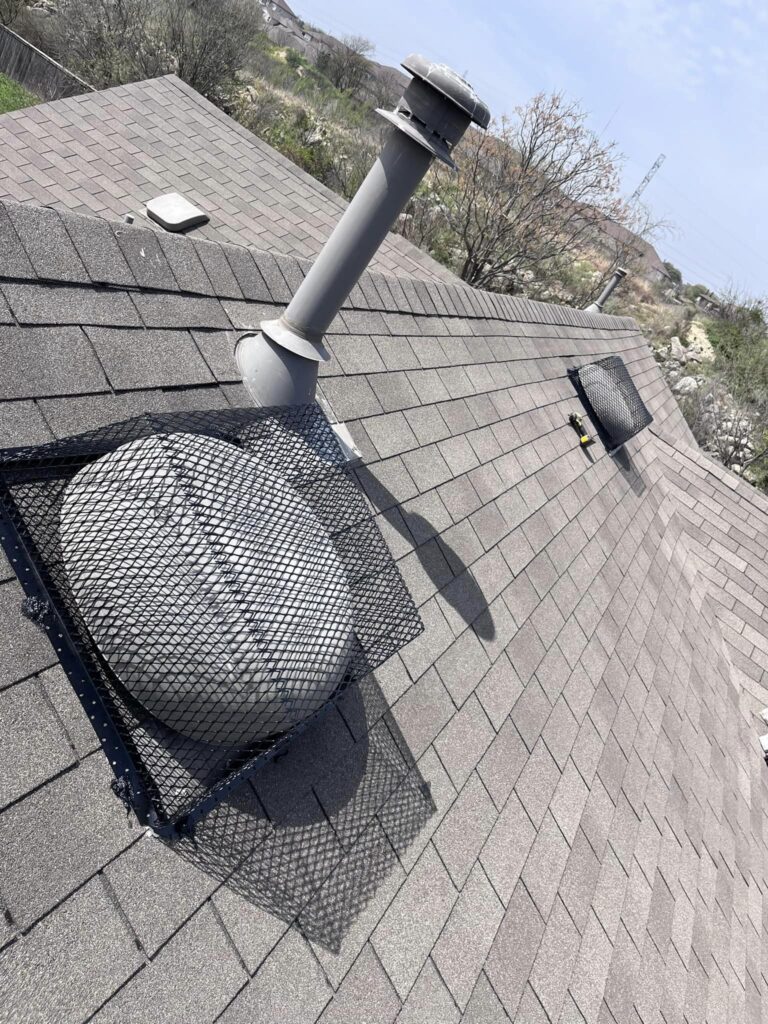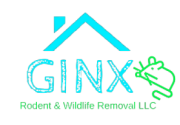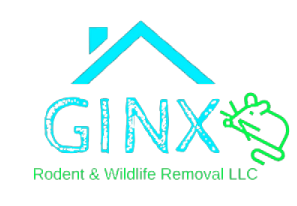When you hear scratching in your walls at night or discover droppings in your pantry, you’re experiencing firsthand how vulnerable our homes can be to pest and wildlife intrusions. These uninvited guests can threaten our health, damage our property, and create expensive repair situations.
Creating genuine protection against pests and wildlife requires understanding the animals common to your region and the specific vulnerabilities of your home.

Why Pests and Wildlife Enter Our Homes
Pests and animals don’t target your home out of malice. They’re simply following their basic survival instincts in search of three fundamental needs: food, water, and shelter. Your home inadvertently provides all three, making it exceptionally attractive, especially during harsh weather conditions or breeding seasons.
Rodents seek the warmth of your insulated walls during winter months. Raccoons are drawn to easily accessible food sources like unsecured garbage cans. Bats find your attic’s dark, undisturbed environment perfect for roosting. Understanding these motivations helps us create more effective prevention strategies that address the root causes rather than just the symptoms of wildlife intrusions.
Common Home Invaders and Their Impact
Different species create different types of problems when they enter homes. Mice and rats don’t just contaminate food and surfaces with their droppings. They also have continuously growing incisor teeth that require constant gnawing, leading them to damage electrical wiring, plumbing, and structural materials. This gnawing behavior creates legitimate fire hazards and can compromise your home’s structural integrity.
Squirrels carry similar risks but tend to focus their activities in attic spaces where they build nests using insulation materials. Their constant movement creates noise disturbances, while their habit of chewing can damage electrical systems, just like their rodent cousins.
Raccoons bring additional challenges due to their size and intelligence. These adaptable creatures can tear off roof shingles, breakthrough damaged vents, or even remove loose fascia boards to gain entry. Once inside, they cause extensive damage to insulation and stored items while also introducing parasites and disease concerns.
Bats present unique health concerns through their droppings. Bat guano accumulates over time and can host fungal spores that cause histoplasmosis, a respiratory disease that affects humans who inhale these spores. The tiny mammals can enter through openings as small as 3/8 inch, making prevention particularly challenging.
When to Seek Professional Assistance
While homeowners can implement many pest and wildlife prevention measures, certain situations warrant professional intervention. Licensed wildlife specialists possess the training and equipment to address complex or potentially dangerous wildlife situations safely and humanely.
Consider professional help when dealing with potentially rabid animals such as raccoons, skunks, or bats showing unusual daytime activity or aggressive behavior. These situations present legitimate health risks that require specialized handling protocols.
Creating a truly pest-resistant home environment requires ongoing vigilance and adaptation. By understanding wildlife motivation, addressing structural vulnerabilities, modifying habitat features, and working closely with professionals, you significantly reduce the likelihood of sharing your home with uninvited guests. This proactive approach protects both your property investment and your family’s health while respecting the natural behavior of the wildlife around us.







